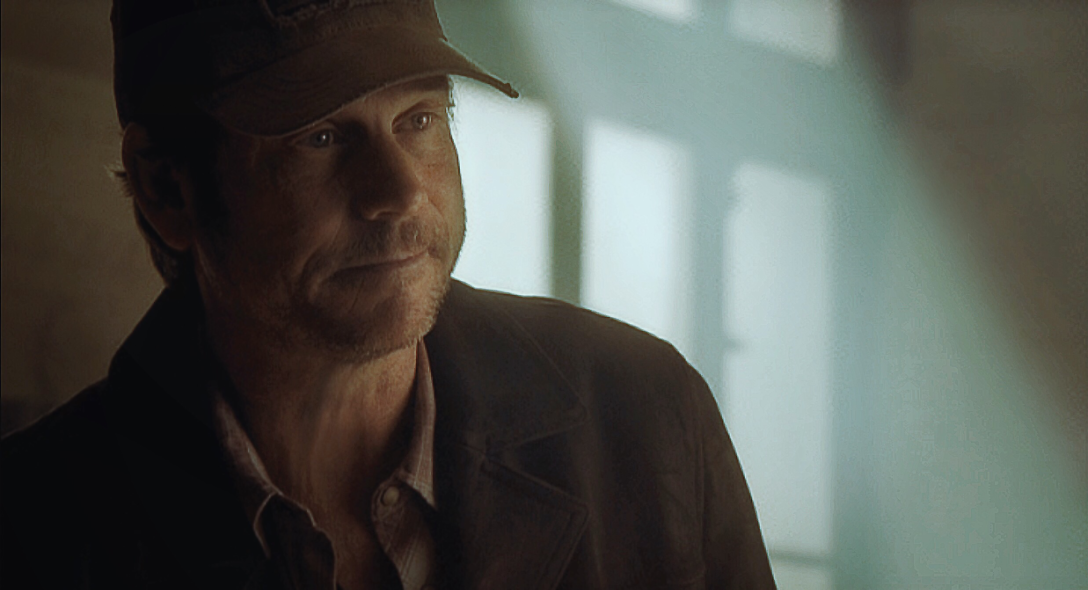I shot this film in Toronto under a different title, and the Trailer recently was released. The film comes out in May and features some amazing performances by Gerard Butler, Gretchen Mol, Willem Defoe, Alfred Molina and a future young super-star Max Jenkins. Such an interesting project with a first-time Director, Mark Williams, who was amazing. The story was so delicately told and Mark had spent an enormous amount of time developing the script. He knew the story very well and was very humble about his knowledge of the camera, and asked for the crew’s help daily. I like it when a first-time Director is this self-aware and doesn’t pretend to know what he thinks he should know. The fact is, he knew more than anybody about what type of story he wanted to tell, and it was our job to keep the communication open and help him to use the camera to translate those thoughts to the screen. Many first-timers might think they are putting themselves in a position of weakness if they approach the crew with such a brutally frank assessment of themselves, but I find it to be quite the opposite. I think a crew can tell if a Director knows his way around a film set, and when that Director puts the crew in a position to help him, they are more than willing to do so. I think in this case, we gained an immense amount of respect for Mark, because he was so knowledgeable about the nuances of the storytelling and the crew was duly respectful of his talents and sensitivity.
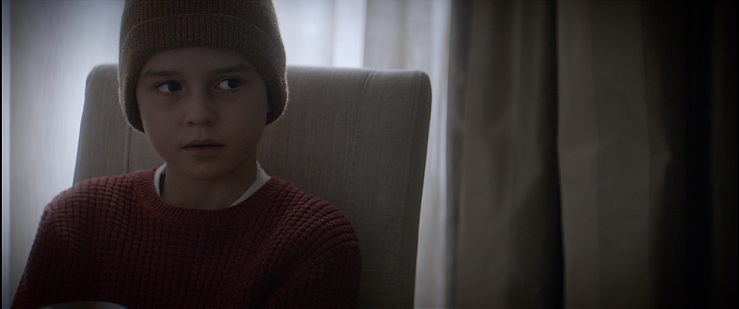
Please meet Max Jenkins, who plays young Ryan in the story. He and Gerry carried this film on their backs and worked hard at cultivating a relationship off camera as well. On weekends, Max and Gerry would sometimes visit children’s hospitals and other personal outings. I thought it was very nice of Gerry to extend himself in that manner to young Max and I think it made a big difference when it comes to their onscreen relationship. A funny story about Gerry and his generosity. The cast, Director and myself were having rehearsals in the house that served as location for the film. The family that lived in the house was very nice and had arranged to be out of the house while the rehearsals where in progress, but the time got away from us and before we knew it, the family was quietly returning home from their long day and beginning to cook their evening meal. Upon finishing rehearsal, Gerry went into the kitchen, where family and a few of their son’s friends were gathered and asked if he might have some water. By then, the kids were sitting at the table and starting to devour a wonderful-smelling roast chicken. They invited Gerry to sit with them and join them of dinner, to which Gerry accepted without hesitation. The kids were in awe of the fact that they were having dinner in their own house with Gerrard Butler. He engaged them with questions about the sports they played, school, what they were up to and gave them a memorable experience and could not have been a nicer guy.
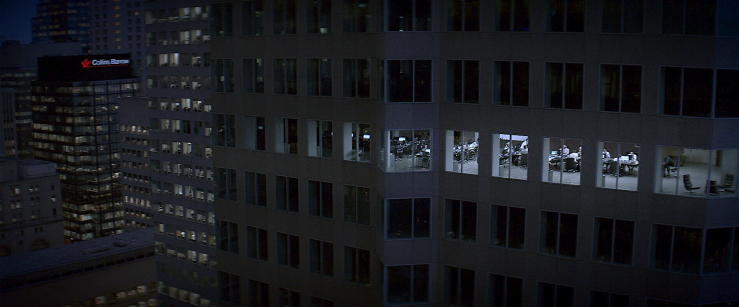
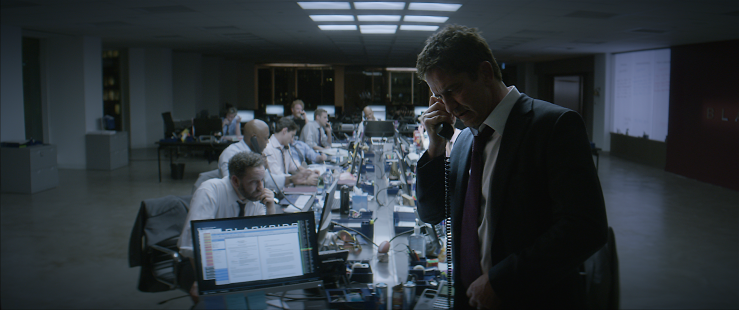
The film existed in three worlds… that in the family home, hospital and Dane’s office, Blackridge Recruiting, which was a competitive and high-tension business run by a manipulative boss played by Willem Defoe. He would keep the team leaders in constant competition with each other with the ultimate goal being the influx more commission dollars. It was very much a boiler room office with interesting dialogue and many interesting recruiting tactics that clearly crossed the line into the unethical. We had one scene where Dane’s group was burning the midnight oil and Mark and I spoke about getting some sort of exterior where we could see that in a transitional shot. Our office “set” was in a high-rise in downtown Toronto. As I recall, we were on the 18th floor in a building that was under renovation. My goal was to get to a building I could see across the street… hopefully on the 18th or 19th floor there, and do a wide shot where we see our cast members working into the night. The location manager found a series of offices that he could get for us and showed us stills from the different angles which looked stunning. We wanted to shoot the shot at the end of dusk, where we had an invisible amount of ambience on the building’s granite face. I also wanted to establish a brighter interior look at night so that our office, even though only partially lit, would have visual pop from a great distance. The only problem was that the building we had chosen for our camera placement had tinting on their glass that was unimaginably dark and with huge amounts of green. Since we were shooting through the foreground glass, I had to open the camera up in order to get our sensitivity to levels that not only gave us sufficient exposure, but also gave us enough image to work with so that we could achieve our massive minus-green grade without everything going too gray. As I recall, I was at a 359 degree shutter, ISO 1600 and wide open on a 50mm G-Series Panavision anamorphic prime. At night, we lost too much exposure through our window tint so the need to shoot at dusk was paramount. I also wanted to carry the hotter glaring look of the interior into our scenes that followed. Interesting set of technical and storytelling challenges!
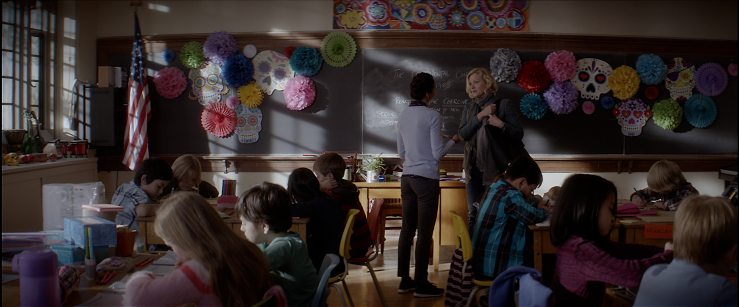
One of the highpoints of this film was working for the first time with Production Designer, Charisse Cardenas. This being a low-medium budget Indie, our need for production office space eventually migrated my desk away from the director’s office and into the middle of the art department bullpen. I rather enjoyed working with the art department and got a real appreciation for the level of attention they gave to every prop and piece of set decoration… not to mention the painstaking detail to Charisse’s designs. We had one scene in Ryan’s school classroom that we wanted to play in a colorful manner in order to show a contrast between his once normal daily life as a 9 year old boy and the more limited palette in his new hospital environment. Typically, in these types of classroom spaces, the color can get so unthinkably random that the scene can begin to look like what I term as “Disney Channel Random Hue.” I talked to Charisse about the need to focus our intent from a color standpoint, and wow, did she ever. She somehow added massive amounts of color but in a very specific set of tones and hues. She also worked closely with the wardrobe department and they frequently compared notes on what they were working on throughout the film and how they could connect on a color level. Quite extraordinary. I find that when those two departments can work well together, a DP’s life becomes just a little better! Charisse was also very collaborative in giving me my practical placements… especially in places such as the office and hospital where my practicals were largely lighting the scenes. I therefore needed very specific types of LED Channels, such as you see in the first image, or the office fluorescent ceiling to be laid out and executed according to what my placement, color and exposure needs were. She never once questioned anything I had a need for on this front and always found a way to integrate the designs with her appropriate sense of style. She also collaborates with Clint Eastwood on films such as American Sniper and approaches every project with the same degree of detail, no matter what the budget level.
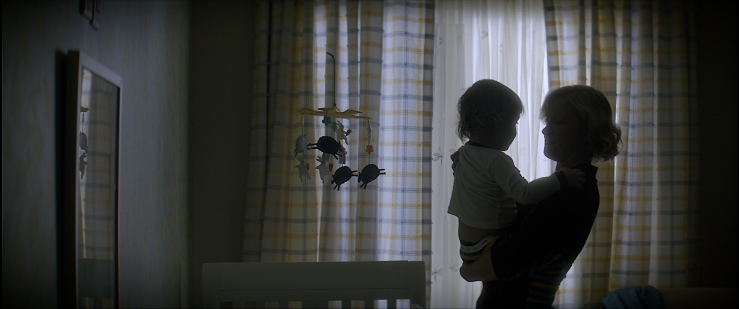
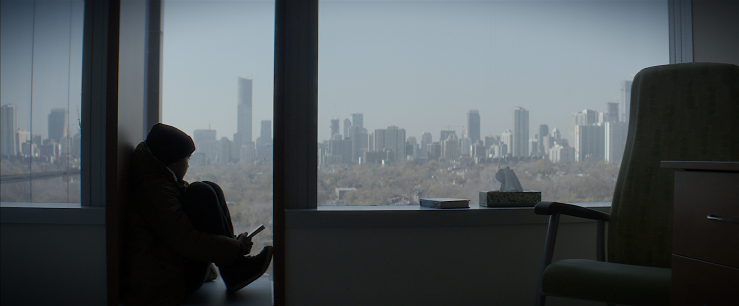
Interestingly, when I started prepping with Mark Williams, I tried to sit with him to do a page-turner of the script in order to get our initial ideas in place. Those meetings weren’t flowing like they typically do, so I needed to change up what I normally do in order to get into the Director’s head. Once we got into scouting and he could stand in a location that he liked, he found it easier to discuss his story ideas. He had such a masterful grasp of the writing and a wickedly sharp sense of humor, frequently wise-cracking that if I bothered to read the script, making this film might be bit easier. Hilarious. So I scheduled repeat visits to the locations and we walked through the script that way… very much a non-linear version of a page-turner, but it got the job done… and in a way that Mark could get his head around the shooting of the material. We had a wonderful group local Camera/Grip/Electric people from Canada. In fact, Technicolor, Toronto showed such commitment to the film when they did the dailies grade, that we brought them the D.I. when we finished the project. For me, its fun to mix in the lower budget indie films with the larger movies. I see that DP’s should, and can move from genre to genre… high budget to low budget… theatrical to TV… narrative to commercial… Home or on the road. Its definitely good for any DP to keep moving in all directions.

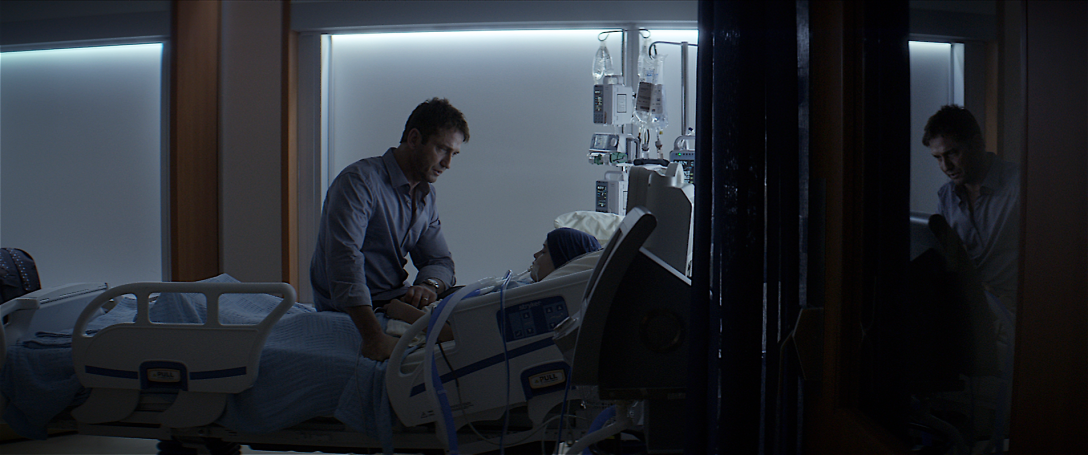

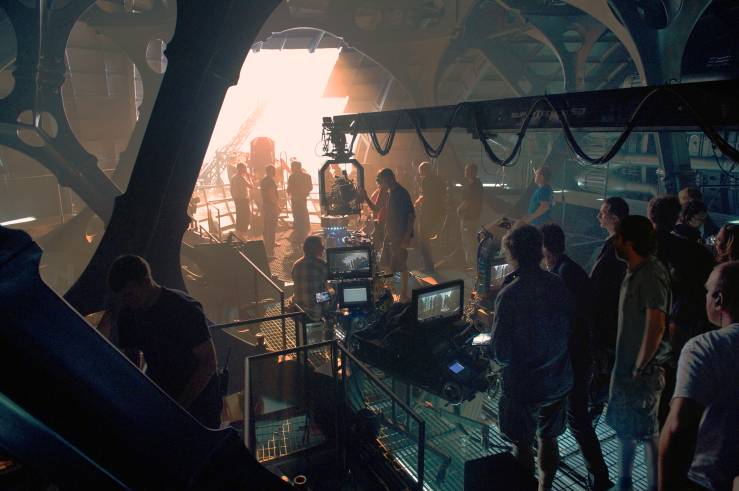
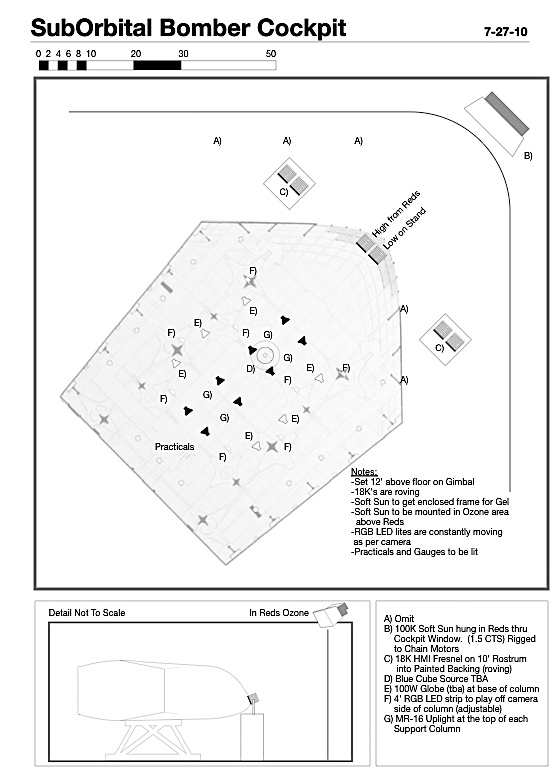

 e of learning about digital and the best way to transition that format into the movies that might require that medium. That said, digital cameras are a tool and a good one. Now I can plan my lighting based on the Alexa’s sensitivity… particularly in mixed light (HMI and Tungsten) situations. Case in point, a large interior space in Bulgaria where our main characters seek refuge and ultimate (and extremely creative) escape from those in pursuit. Here we have the amazing Maggie Grace and Toby Kebbell cutting silhouettes and doing a great job of showing themselves in scale with their surroundings. Placing characters in a shot like this reminds me that all the technical learning and transition to a digital world is really only background… and a gaining of familiarity with tools with which to tell a story in the best possible way. Add two amazing actors, and a talented and energetic Director and suddenly the technical distractions vanish… and I’m left with the same fun storytelling task that excites every filmmaker.
e of learning about digital and the best way to transition that format into the movies that might require that medium. That said, digital cameras are a tool and a good one. Now I can plan my lighting based on the Alexa’s sensitivity… particularly in mixed light (HMI and Tungsten) situations. Case in point, a large interior space in Bulgaria where our main characters seek refuge and ultimate (and extremely creative) escape from those in pursuit. Here we have the amazing Maggie Grace and Toby Kebbell cutting silhouettes and doing a great job of showing themselves in scale with their surroundings. Placing characters in a shot like this reminds me that all the technical learning and transition to a digital world is really only background… and a gaining of familiarity with tools with which to tell a story in the best possible way. Add two amazing actors, and a talented and energetic Director and suddenly the technical distractions vanish… and I’m left with the same fun storytelling task that excites every filmmaker.





 Shot on our lighting pre-focus on the Sunday evening preceding our first days shoot on Monday. JemFX SFX cranes and stunt cranes will be added between my three came positions. Lesson learned the hard way: Get there early and claim your airspace!
Shot on our lighting pre-focus on the Sunday evening preceding our first days shoot on Monday. JemFX SFX cranes and stunt cranes will be added between my three came positions. Lesson learned the hard way: Get there early and claim your airspace!